This is a fun and informative fall science activity that has a great content focus. This experiment explores how leaves change color in the fall. The purpose of the experiment is to get the students to understand that chlorophyll (which gives leaves the green color) masks the other colors in the leaves. In the winter, trees block water to the leaves breaking down the chlorophyll and allowing the other colors to be visible. Don’t miss the free reading printable included with this post.
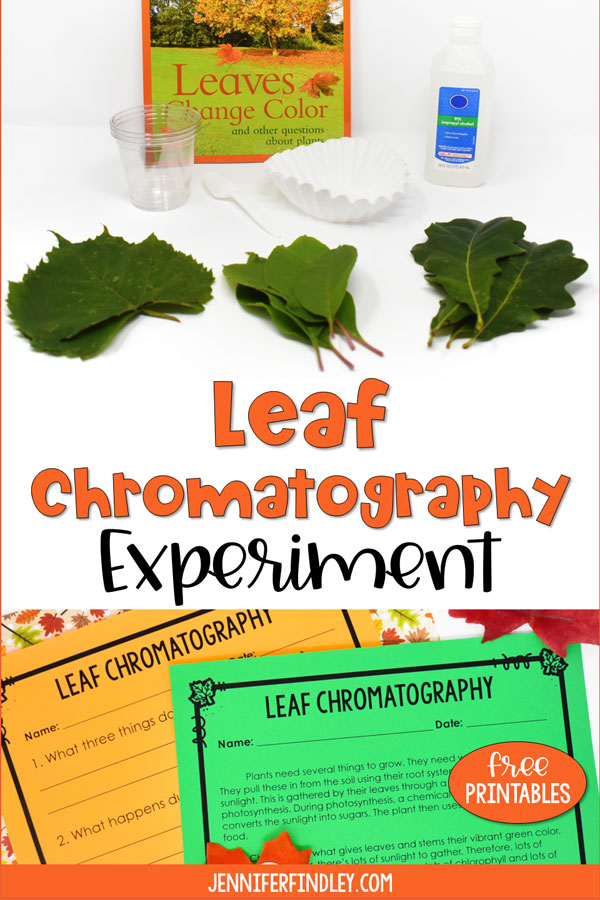
Want to see more science activities and resources?
Leaf Chromatography Experiment Materials Needed:
Disclosure: the book link below is an Amazon affiliate link. This means that, at zero cost to you, I will earn an affiliate commission if you click through the link and make a purchase.
- plastic cups
- plastic spoons
- coffee filters
- isopropyl alcohol
- leaves pulled directly from the tree
- the reading passage and comprehension questions at the end of this post
- I Wonder Why Leaves Change Color: And Other Questions about Plants
Leaf Chromatography Experiment Directions
To begin, you tear three or four large green leaves into tiny pieces. The smaller the pieces, the better. I chose to use three different types of leaves to see if there was any change in the colors given off during the experiment. Spoiler: there wasn’t.
Place the pieces into plastic cups and cover them with isopropyl alcohol. After adding the alcohol, mash the leaves and alcohol for a few minutes. Mash until the alcohol is a light green color. The rubbing alcohol and the energy from the mashing are what separates the colors from the leaves.
Next, place long strips of a coffee filter into the cups. If you need to, you can tape them to the outside of the cup. The strips will absorb the pigments from the leaves, modeling the process of leaves changing colors in the fall.
After about 3-4 hours, the colored pigment started to rise up through the filter.
The Science Behind the Leaf Chromatography Experiment
Plants need water, nutrients from soil, and sunlight to grow. During photosynthesis, a chemical called chlorophyll converts the sunlight into sugars, then the plant uses these sugars as food.
During the colder months, there is less sunlight for the leaves to gather. So to protect themselves, they break down their chlorophyll and send the nutrients to the plant’s roots.
Since chlorophyll is where a leaf’s green color comes from, when it is removed, all you see are the other chemicals that remain. When the chlorophyll is removed, the leaf dies and falls off the tree. What you see on the coffee filter strips is the chlorophyll being leached from the water.
After the Experiment Reading Activity
Adding reading and writing to a science experiment allows you to enhance your students’ understanding and get more mileage from the activity.
For this activity, the students will read a short text that describes the science behind it (similar to what is explained above for the teacher’s reference). The students will use the details they learned in the text to explain what happened during the science experiment. They will also answer four comprehension questions using details from the text.
The questions your students will answer include:
- What three things do plants need?
- What happens during photosynthesis?
- What gives leaves and stems their vibrant
- What happens to the chlorophyll during fall and winter?
After reading the passage and answering the questions, you can invite your students to share their responses and have a classroom discussion.
How Can I Get the Free Printable Pack?
Click here or on the image below to download the leaf chromatography experiment printable pack.
What are your favorite science activities? Let me know in the comments! I am always looking for new science experiments that my students will love.
If you want more resources and even freebies for science, click here to check out my other posts, such as apple oxidation, erosion with grass, dissolving Peeps, gingerbread cookies and candy hearts, creating avalanches and frost, states of matter with chocolate, experiments with growing plants and flowers (including a seed race), and much more.
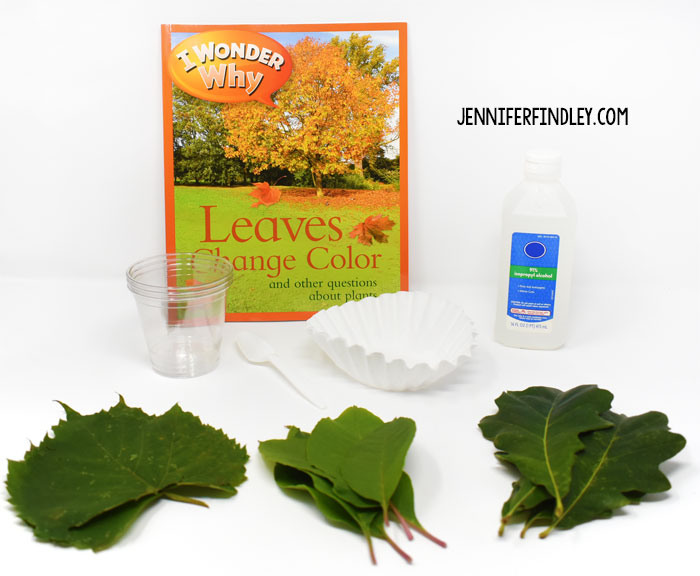
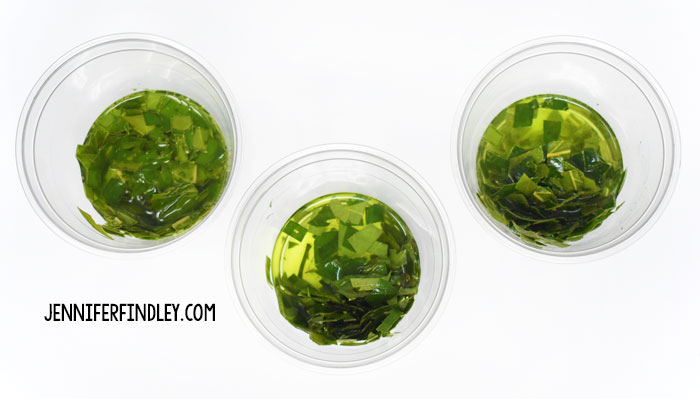

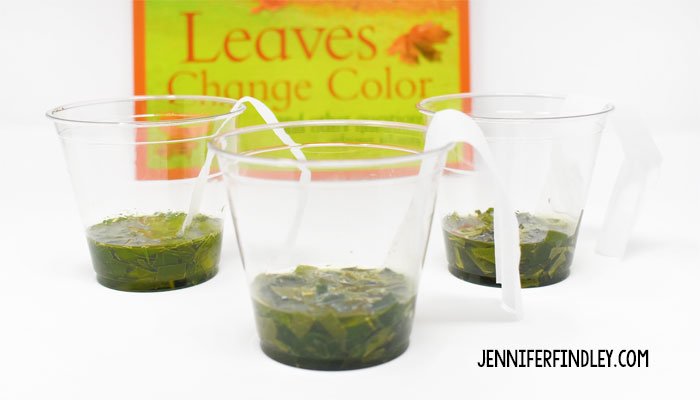
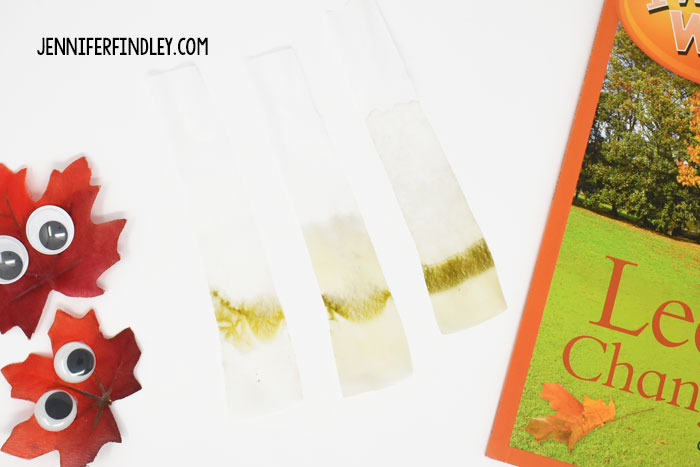
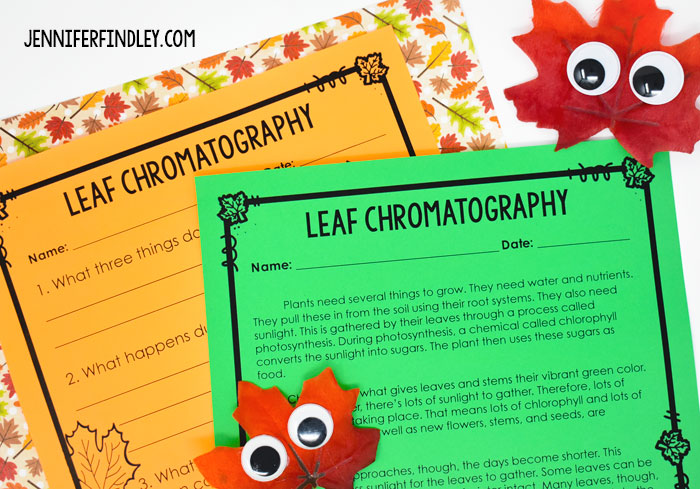
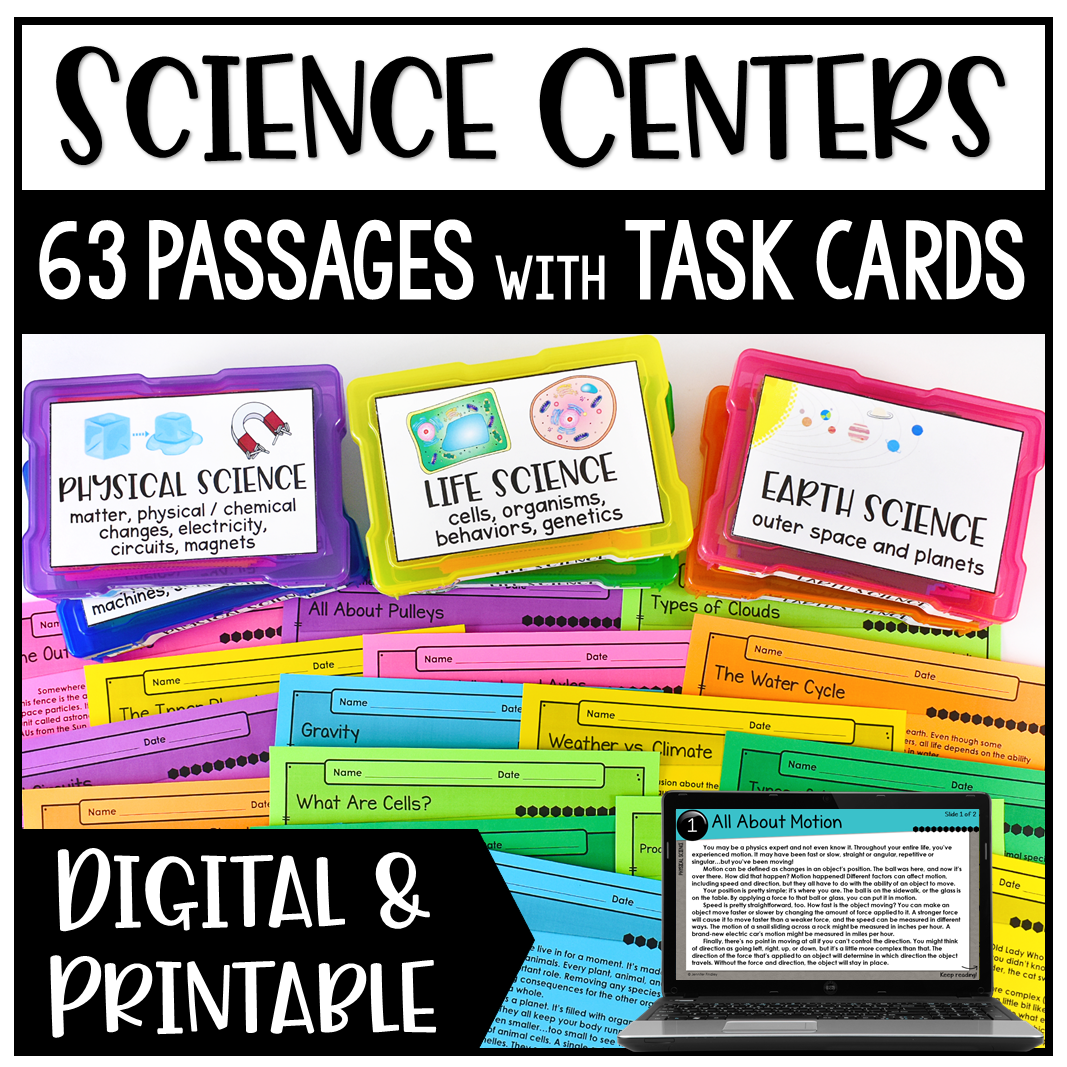









Leave a Comment